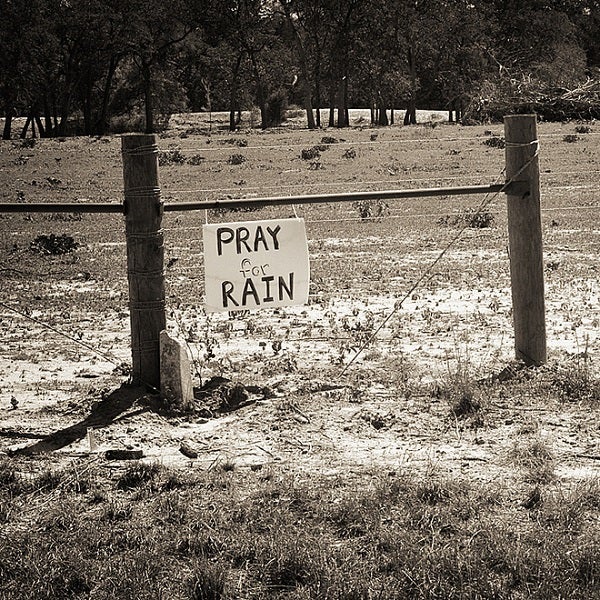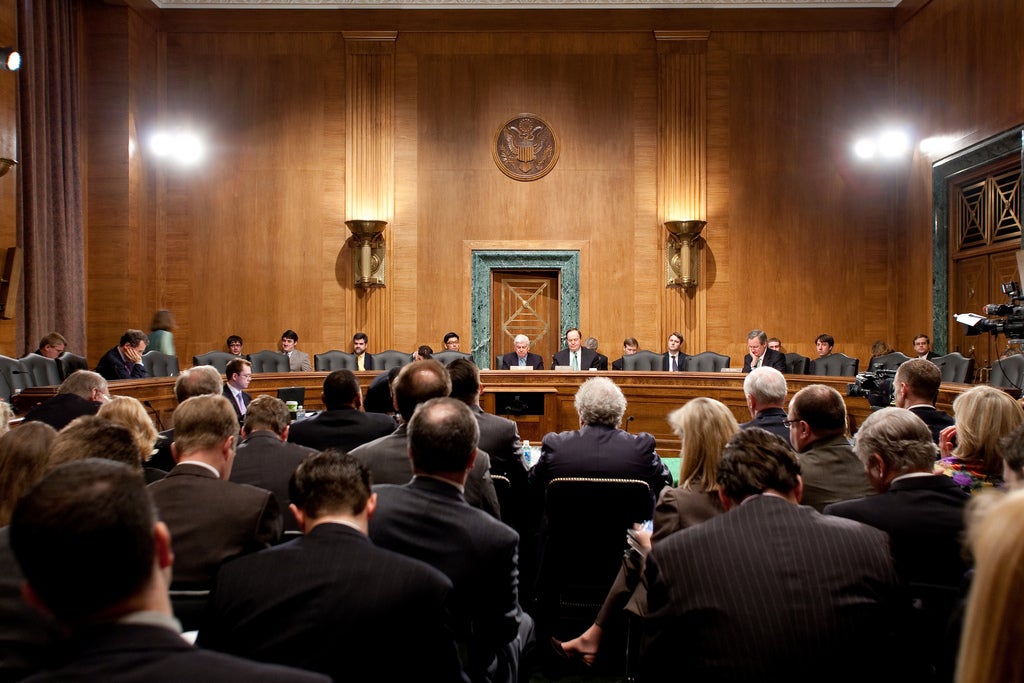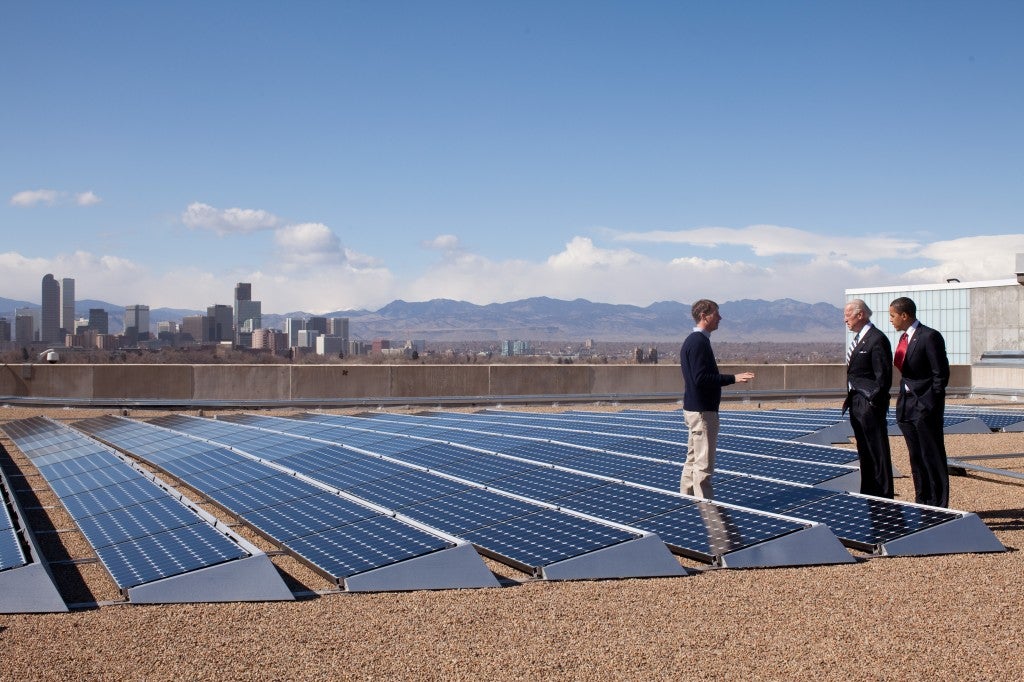It may seem like only yesterday that Texans were asked to conserve water after another scorching summer, but in reality it was four, dry years ago. The drought, which began in 2010 after La Niña altered sea level temperatures in the Pacific, continues to persist in the Lone Star State and promises to surpass the state’s record-setting multi-year drought from the 1950s. Ranchers have been forced to sell off cattle, town water supplies continue to go dry, and power plants struggle to provide a reliable supply of electricity due to water scarcity and long stretches of hot weather. Given these bleak conditions, it should not come as a surprise that 70 percent of Texans believe global warming is happening—and 52 percent said they have personally experienced the effects of global warming.
An all-star team of producers, including James Cameron, Jerry Weintraub and Arnold Schwarzenegger, intends to bring the Texas drought home to millions of televisions across the nation in the Years of Living Dangerously series premiering Sunday. Through this series, a host of celebrities, activists and journalists share the stories of those impacted most by our changing climate and what’s being done to save our planet. What is clear right now, in Texas and beyond, is that as climate change intensifies, we must adapt to more extreme weather conditions and make resilient changes that mitigate further stress. Read More















